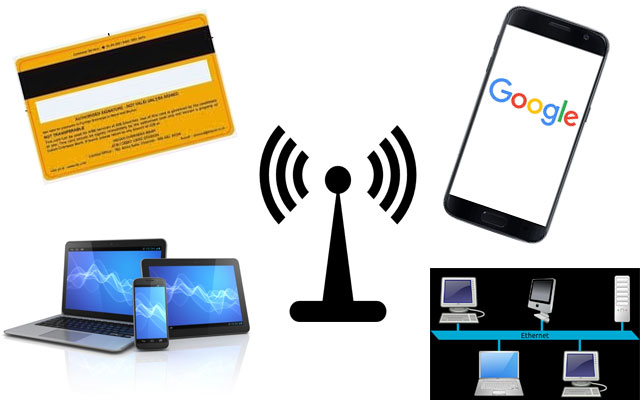
Digital transactions made through UPI & USSD modes grew by 3574% & 10603% respectively till 18th Jan 2017: Chaudhary
“As on 19th January 2017, over 3.8 lac customers and 21,000 merchants have been rewarded under Lucky Grahak Yojana and DigiDhan Vyapar Yojana,” said Chaudhary while addressing an ASSOCHAM summit on ‘Growing Cashless & digital economy.’
He also said that Common Service Centres (CSCs) are functioning as ground level soldiers for spreading awareness about less-cash economy in the country. “Since the beginning of the month of December 2016, a total of 1.97 crore citizens and 6.15 lakh merchants have been trained by CSC wokers as on 19th January 2017.”
Chaudhary informed that various other societies and organisations within the Ministry of Electronics & Information Technology (MeitY) such as National Institute of Electronics and Information Technology (NIELIT) and National Informatics Center (NIC) have also started undertaking initiatives for awareness building and training on digital payments.
He said that the Bharat Interface for Money (BHIM) app has witnessed several million downloads in the country in a span of just few days. “With further updates of applications to be released in the coming few days, we expect it to become the mainstay for undertaking financial transactions throughout the economy sooner than envisaged earlier.”
The Union Minister said that the digital payment will generate a transparent economy and enhance direct and indirect tax collection. “We can assume there can be a rise of 25 per cent of the direct taxes and this money could be used in shoring up infrastructure to bridge the divide between rural and urban.”
He said that people should not worry about 58 per cent of India’s population that is based on agriculture sector for its livelihood as their systems is transparent and they do not pay income tax.
“There are hardly four days in a year when they visit the bank as day-to-day they do not require purchasing milk and other things used in kitchen as everything happens in their field and so the transaction is very less,” said the Minister.
“About 85 crore people out of the total population are covered by Food Security Act as they are poor and are not the income tax payee, but if the remaining population immediately switches over on digital payment platform then we can definitely see enhancement in direct and indirect taxes and we can see tremendous growth in economy,” he added.
Chaudhary said that currently about 74 crore debit and credit cards are being used, while about half a billion population is using internet, there are 102 crore mobile phones, 110 crore Aadhar and more than 20 crore Jan-Dhan accounts, so the complete ecosystem has already been put in place for using digital payment mode.
He further said that though reportedly there has been a rise of 236 per cent in cybercrime vis-à-vis digital payments during last six months, it is not much compared to the growth in number of digital transactions.
The Minister however said that government has undertaken several initiatives and is in the process of initiating further measures to strengthen cyber security infrastructure in the country.
“Indian Computer Emergency Response Team (ICERT) is operational 24x7, the national cyber coordination centre (NCCC) is being expedited which would enable us to anticipate and prepare counter-cyber attacks and generate cyber security situational awareness,” said Mr Chaudhary.
He said that there is an urgent need for collective and synergetic efforts from various stakeholders in the area of cyber security - government, industry, academia and researchers in order to ensure that digital transactions in our country remain safe and to address such cyber challenges.
“Besides technology, fine-tuning of legislative reforms, building strong and accurate internal-control systems and cyber security measures together with internal-external audits would be required on an ongoing basis,” added Chaudhary.
Support Our Journalism
We cannot do without you.. your contribution supports unbiased journalism
IBNS is not driven by any ism- not wokeism, not racism, not skewed secularism, not hyper right-wing or left liberal ideals, nor by any hardline religious beliefs or hyper nationalism. We want to serve you good old objective news, as they are. We do not judge or preach. We let people decide for themselves. We only try to present factual and well-sourced news.







